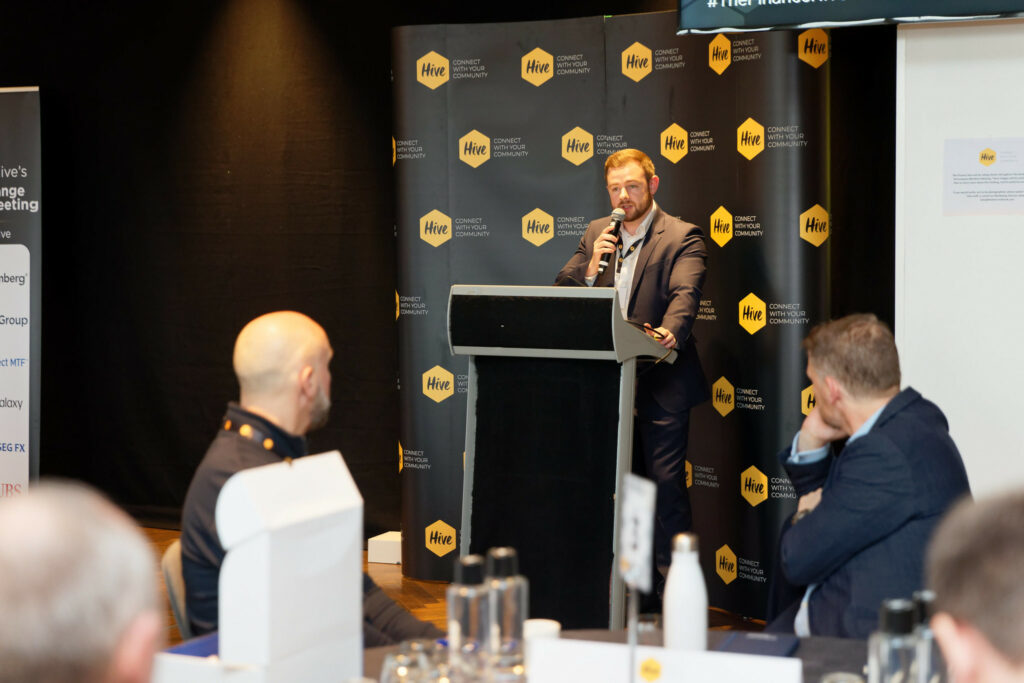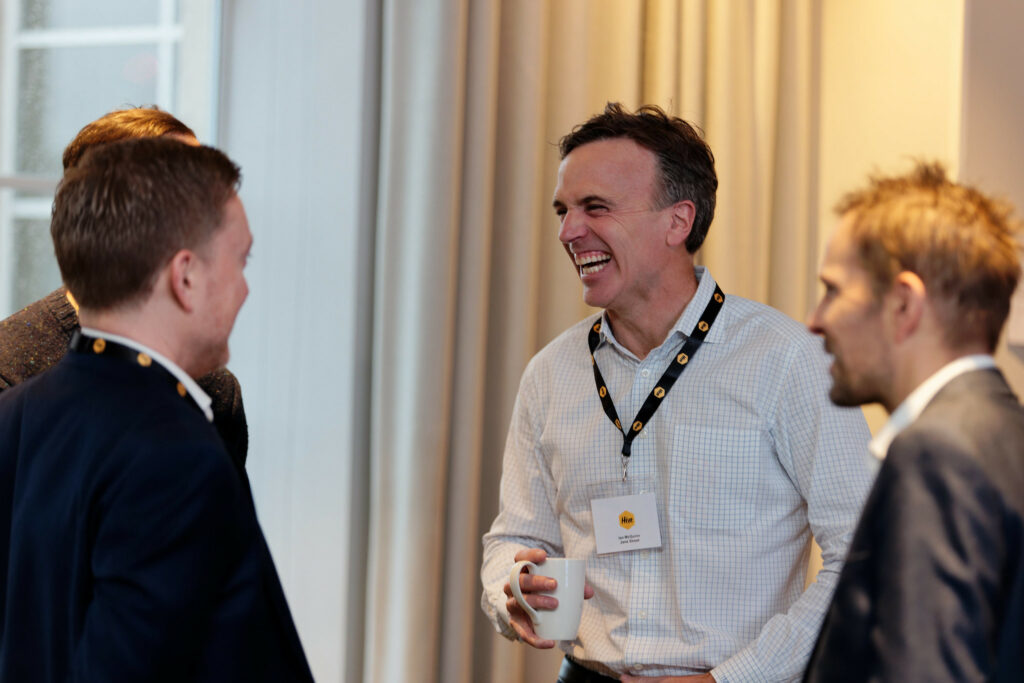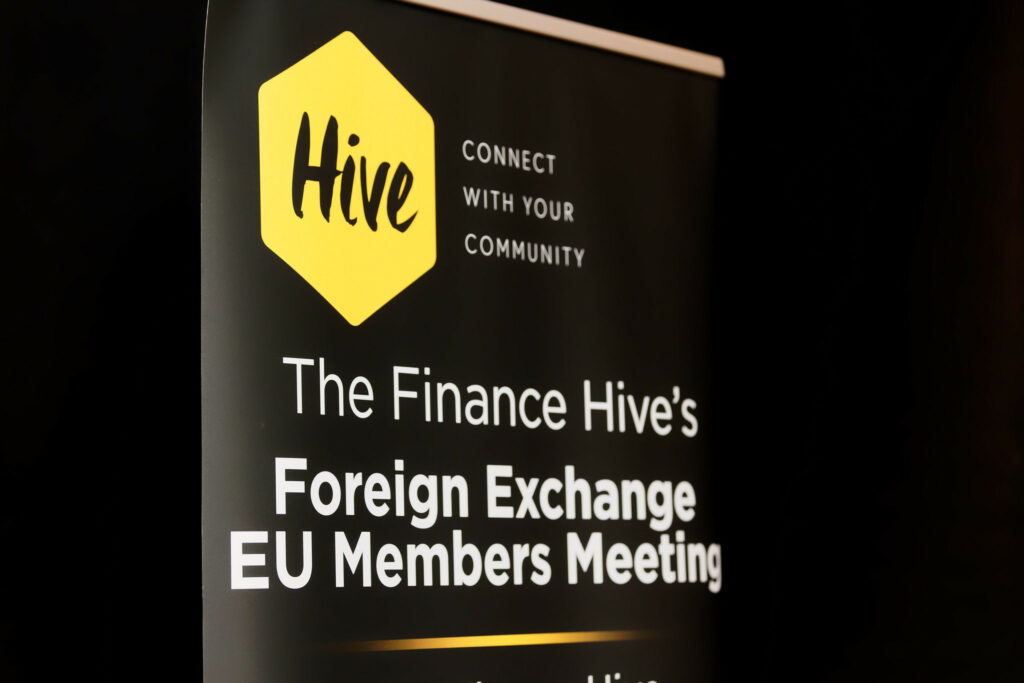The Finance Hive: Digital Café
FX desks are under increasing pressure to adopt the best of Equity market practices, but the path to a true Equity-style FX trading model is anything but straightforward. In our latest Digital Café, senior buy side members dissected market structure differences, the barriers to change, and the realistic steps firms can take to future-proof their FX trading capabilities.
Dive into the key takeaways below…
Equities vs. FX: Two Different Worlds
Equity markets
– Centralised exchanges with transparent pricing
– Regulated tape reporting
– Clear commission structures
FX markets
– Decentralised, OTC and liquidity fragmented
– No central reporting mechanism
– Pricing varies by counterparty and region
The Big Transition Barriers
Structural
– Siloed desks with separate professional dealer (PD) teams for Equity and FX
– Different “languages” and trading cultures
Liquidity
– FX still primarily RFQ-driven, though electronic trading is gaining traction
– Highly varied approaches to liquidity sourcing
Technology
– Lack of standardised algo functionality
– Manual workflow processes
– Limited pre-trade analytics and inconsistent integrations



Where to Focus First
1. Electronic Trading Enhancement
– Improve vanilla flow accessibility
– Develop sophisticated, FX-specific algos
– Standardise execution protocols
2. Skill Set Development
– Cross-train traders across asset classes
– Build quantitative and Multi-Asset trading skills
3. Technology Integration
– Implement Multi-Asset EMS
– Create unified trading platforms
– Advance pre-trade analytics capabilities
Practical Implementation Priorities
Automate first:
– Spot FX trades
– Small NDFs
– Risk transfer mechanisms
– Dealer selection workflows
Tech stack must-haves:
– Advanced pre-trade analytics
– Automated workflow tools
– Machine learning validation
– Comprehensive risk management



Key Insights from the Room
FX markets are becoming more electronic and slowly converging with Equity market models.
Progress will be gradual and incremental. Start with spot FX before tackling more complex instruments.
Building internal skill sets and robust technology infrastructure is essential.
This is not a “lift and shift” from Equities. Success depends on strategic tech investment, targeted skills development, and deep understanding of FX market micro-structures.
Platform and Vendor Considerations
Established players: FXall, Triton, Bloomberg, FX Connect, BestEx, Chase and Charles River
Emerging disruptors: PureStream and OneChronos
What to evaluate:
– Algo functionality
– Integration flexibility
– Automation potential
– Pre-trade analytics depth
– Cost and vendor support
No single platform offers an end-to-end solution today. A multi-vendor, integration-driven approach remains the most realistic path forward.
The transition to an Equity-style FX model is coming, but it will be measured, deliberate, and highly customised. Those who invest early in the right skills, tech, and vendor relationships will be best placed to capture the benefits as market structures continue to converge.
FX EU Members Meeting
We’re busy working on the agenda for our next Foreign Exchange EU Members Meeting, and we can’t wait!
When? 4th December 2025
Where? TBC, London
What can you expect? A day filled with actionable insights, closed-door roundtable discussions, inspirational keynote sessions, tailored 1-1 meetings, educational masterclasses, complimentary networking drinks, and more…

